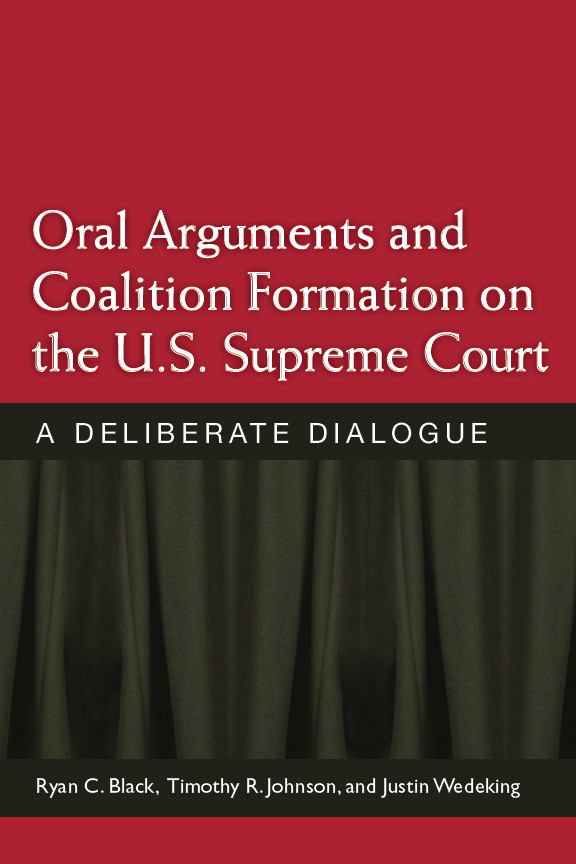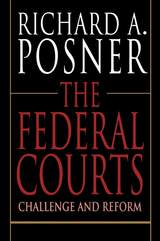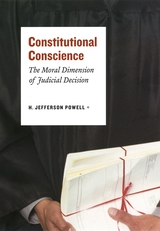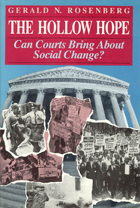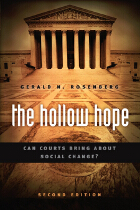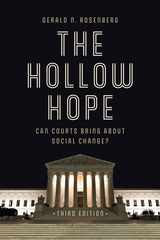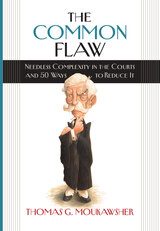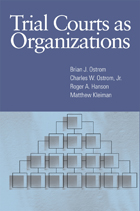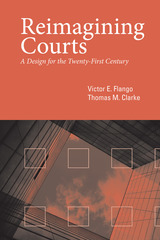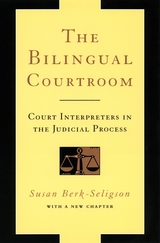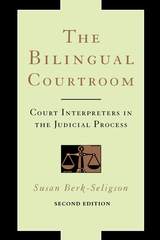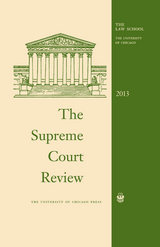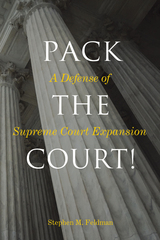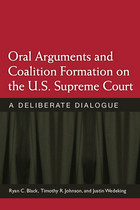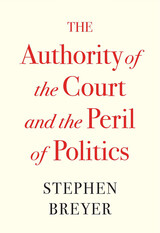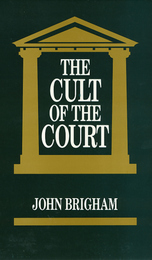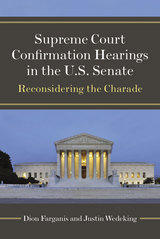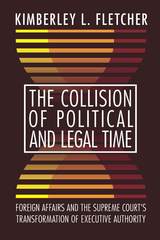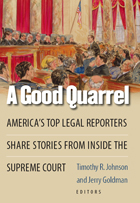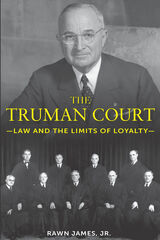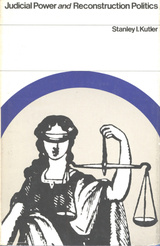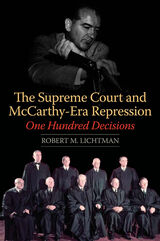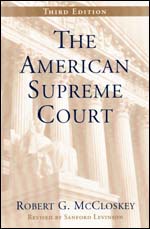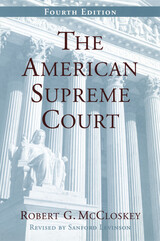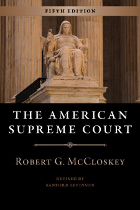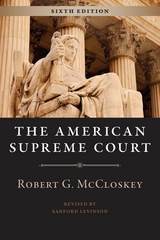eISBN: 978-0-472-02865-8 | Cloth: 978-0-472-11846-5 | Paper: 978-0-472-03579-3
Library of Congress Classification KF8742.B57 2012
Dewey Decimal Classification 347.73265
The U.S. Supreme Court, with its controlled, highly institutionalized decision-making practices, provides an ideal environment for studying coalition formation. The process begins during the oral argument stage, which provides the justices with their first opportunity to hear one another's attitudes and concerns specific to a case. This information gathering allows them eventually to form a coalition.
In order to uncover the workings of this process, the authors analyze oral argument transcripts from every case decided from 1998 through 2007 as well as the complete collection of notes kept during oral arguments by Justice Lewis F. Powell and Justice Harry A. Blackmun. Both justices clearly monitored their fellow justices' participation in the discussion and used their observations to craft opinions their colleagues would be likely to support. This study represents a major step forward in the understanding of coalition formation, which is a crucial aspect of many areas of political debate and decision making.
See other books on: Courts | Decision making | Judicial Branch | Judicial process | United States. Supreme Court
See other titles from University of Michigan Press
